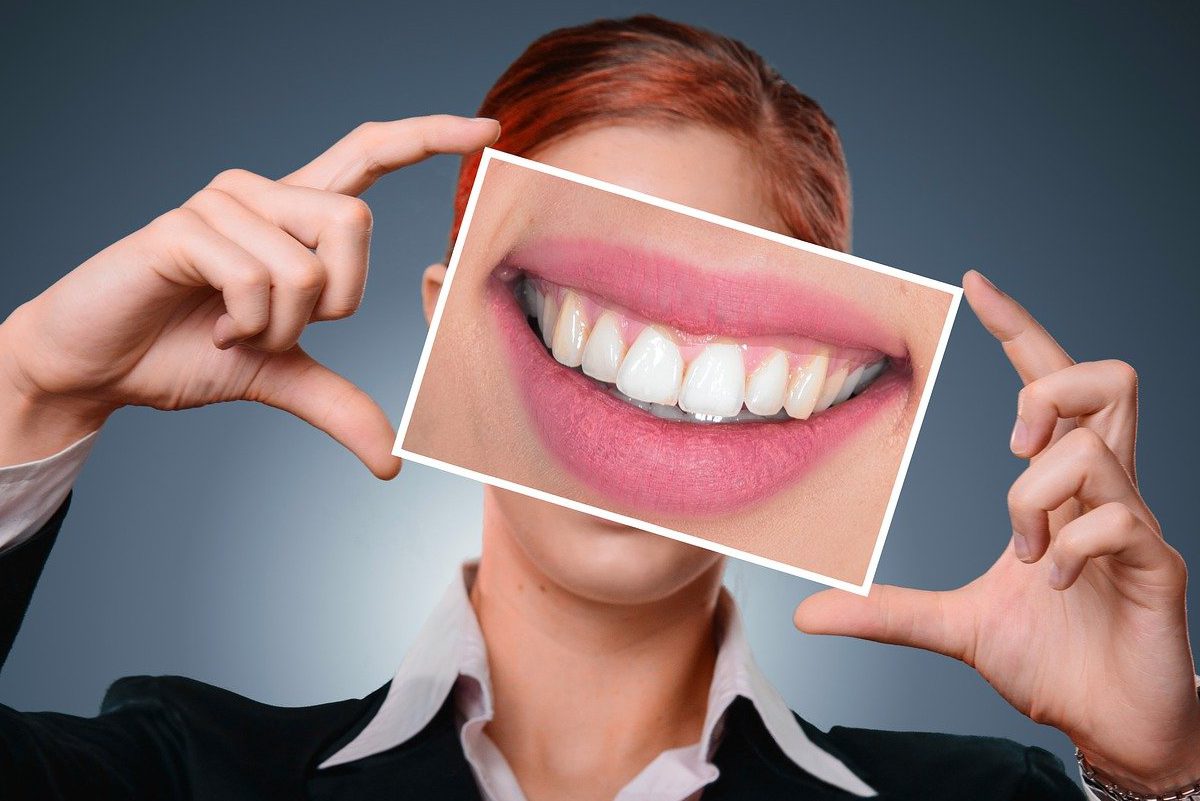Professional teeth whitening kits vary in how to use them, but once you receive a whitening kit, your dentist will tell you how to use it. The steps will vary depending on the product you use and whether you want to whiten at home or professionally at a dentist. The main advantage of professional teeth whitening is that whitening is much faster than using multiple kits, which is often necessary to obtain and maintain whitening with at-home solutions. Whitening your teeth at home can take considerably longer than whitening your teeth at a dentist’s office.
Many dentists also perform in-office whitening, which involves using a gel to whiten teeth using laser light. Professional whitening may not be as convenient for some people as it involves going to the dentist’s office, but it can give you more brilliant results. Professional whitening is done by your dentist and may include in-office whitening or an at-home teeth whitening kit that uses professional-grade whitening agents.
When you go to your local dental office for professional teeth whitening, your teeth will be cleaned first to ensure that the bleach is evenly applied to the surface of the teeth. Whitening toothpaste can remove stains from the surface of your teeth.
Whitening toothpaste is best for surface stains and dental care after using another form of whitening. Sometimes you may notice a difference when using an over-the-counter tooth whitening kit or whitening toothpaste. Whitening Toothpaste Brush – Proper oral hygiene keeps teeth clean and bright. If you have yellowed teeth with age or stains on your teeth from food and drink, you can use the whitening service.
If the dentist does not whiten, the mouthguard provided may not fit properly, so some of the whitening gel may seep onto the gums and into the mouth, causing blisters and soreness. In addition to losing the bleach solution, you can also inadvertently apply the bleach solution to an injured or sensitive area of your mouth, causing pain and soreness.
For example, without individual whitening trays, there is a high chance that a significant amount of the whitening solution will not get on the teeth. Your dentist can make a custom whitening tray that fits your upper and lower teeth better than generic mouthguards you can buy in the store. You can place the whitening strips directly on your teeth, or you can inject the whitening gel into a set of mouthguards with a syringe.
You can use a small bottle of whitening gel to apply to the enamel with a small brush. Spotlight whitening strips do this by using hydrogen peroxide to penetrate the top layer of tooth enamel and whiten teeth. At-home whitening kits often contain peroxide, which works subsurface to whiten tooth enamel, and are used regularly for days or weeks. These whitening sticks contain carbamide peroxide gel applied directly to the teeth and are designed to remove surface food and drink stains.
 The whitening gel contains phthalimide peroxy caproic acid (PAP), an active whitening agent that whitens discoloured molecules inside the teeth, potassium nitrate to desensitize the tooth nerves, and sodium chlorite to remove and prevent stains. The Colgate Optic White Home Teeth Whitening Kit combines LED whitening light and blue LED light technology to activate a hydrogen peroxide stain removal gel that is applied to the teeth using a reusable tray. These bleach trays also use hydrogen peroxide gel and blue LED trays, which Colgate says will help bleach ingredients remove stains more effectively.
The whitening gel contains phthalimide peroxy caproic acid (PAP), an active whitening agent that whitens discoloured molecules inside the teeth, potassium nitrate to desensitize the tooth nerves, and sodium chlorite to remove and prevent stains. The Colgate Optic White Home Teeth Whitening Kit combines LED whitening light and blue LED light technology to activate a hydrogen peroxide stain removal gel that is applied to the teeth using a reusable tray. These bleach trays also use hydrogen peroxide gel and blue LED trays, which Colgate says will help bleach ingredients remove stains more effectively.
LED Teeth whitening kits typically whiten teeth with one of two active ingredients, hydrogen peroxide or carbamide peroxide, which penetrate porous enamel and lighten the colour of dentin, breaking down stains. A whitening product is applied to the teeth and then a light or laser is directed at them to activate the whitening. Whitening agents do not whiten certain types of stains or work on caps or fillings, so teeth whitening with over-the-counter kits and teeth whitening products can lead to patchy results where your natural teeth appear whiter than teeth with caps or fillings.
If you don’t use the best teeth whitener, you may be doing more harm than good. With so many over-the-counter teeth-whitening products, from paint gels to whitening kits, it’s nearly impossible to find the best, and most importantly, safest option.
By shedding light on the various methods of boosting teeth whitening, we want to help you become a more informed consumer of dentistry when you talk to your dentist. To that end, we asked experts to explain everything there is to know about teeth whitening, from the salon and home options to the questionable rise in charcoal teeth whitening products and devices that do (and don’t) whiten teeth. deserve a place on your shelf.
Some tooth sensitivity and gum irritation may occur with each set of teeth, but this applies to all teeth whitening processes. Teeth whitening is generally safe, but some homemade products can cause sore gums and tooth sensitivity – if you’ve experienced such effects (or think you might), it’s advisable to see your dentist to see if it’s possible. How different teeth whitening kits work depends on different factors, and everyone’s answer will be different because not all teeth are discoloured for the same reason.
With store-bought aligners, you squeeze the whitening gel into a standard aligner and put it in your mouth for some time. It is an easy-to-use tooth whitening system that uses an advanced whitening solution and LED light to whiten teeth.


